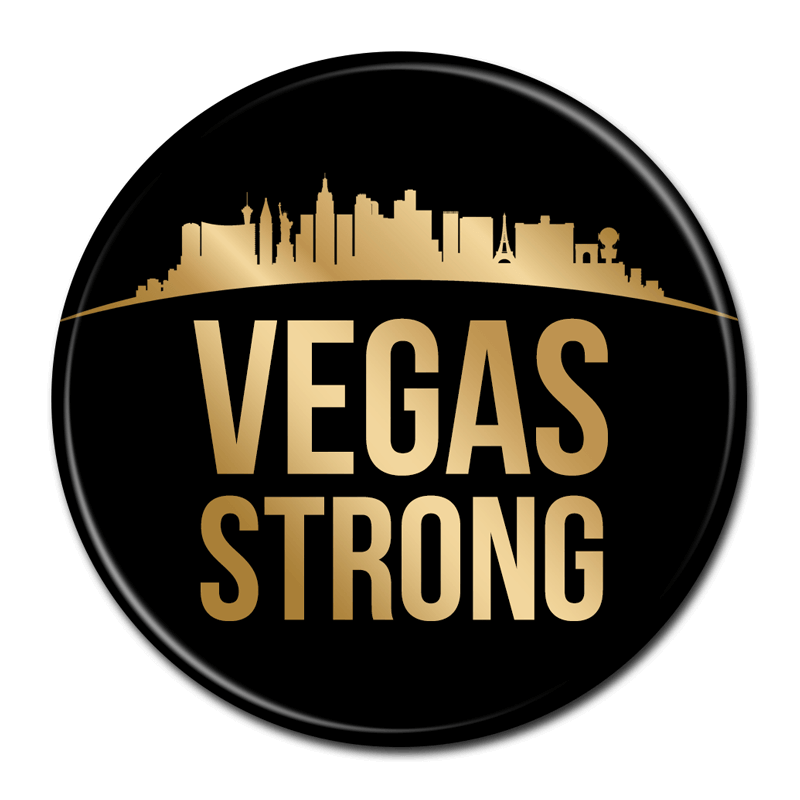Many of us have fond memories of paging through catalogs, seeing all the beautiful pictures of products we might be interested in, and making that checklist to order. Today’s digital world and rising costs have pushed catalogs to the sidelines for some brands, but there’s an answer that might hit the sweet spot: the mini-catalog.
The Power of Print Catalogs
Even in a digital-forward world, print materials like catalogs still occupy a powerful place in the marketing world. People genuinely like catalogs, with the ability to see beautiful pictures and flip through a physical piece rather than clicking through web pages. Just as people still enjoy the physical, tactile experience of reading a book, there’s still something to be said for sitting down and paging through a print catalog.
In fact, research shows that catalogs can have a big impact on the bottom line for brands. According to the USPS:
- 84% of shoppers say that it’s easier to shop with a catalog in hand.
- 61% of shoppers report that having a catalog while they do their online shopping means they may see additional items they want to buy.
- Websites supported by catalogs saw a revenue lift of 163%, against websites without matching catalogs.
- Catalog recipients purchased 28% more items and spent 28% more money than customers who did not receive a catalog.
- Over 60% of catalog recipients were influenced by the catalog to visit the company’s website.
- Almost 60% of online shoppers say they still enjoy receiving catalogs, and 57% say they like to have a catalog on hand when shopping online.
- 17% of people who received a catalog in the previous month bought at least one item, versus just 11% who didn’t receive one.
Why Choose a Mini Catalog?
For many companies, budgets are still a little on the tighter side. Producing a mini catalog can be especially useful in these situations. A mini catalog is exactly what it sounds like: a smaller version of your catalog that still allows customers to page through your product offerings. Typically, a mini catalog is fewer pages and printed as a smaller size than a traditional catalog, focusing on a particular subset of products as chosen by your team.
The possibility of a mini catalog offers a happy medium for companies who still are committed to print catalogs. You’ll be able to offer the “luxury” experience of a catalog for consumers to page through, while saving money on production costs. The savings will actually come through at multiple points in the process: fewer pages to design, lower printing costs, and lower costs for postage.
Instead of displaying every single product, a mini catalog can highlight something more specific within your larger offerings. Marketers can choose from a variety of “themes” to highlight in a particular catalog, such as:
- Your most popular products
- Your newest or “featured” products
- Items on sale
- Seasonal items or products that can be tied to a season or event
- A curated selection tied to a specific theme or trend
A mini catalog offers a way for brands to inspire customers to learn more. At the same time, printing a mini catalog can still guide customers to your full line of products. With the use of QR code printed on the mini catalog, customers can be quickly guided to your website, where the full range of products is easy to browse and order. It streamlines ordering while also allowing customers to see the products not featured in the catalog.
In fact, the combination of digital technology like QR codes with classic print catalogs can provide even more useful insights for brands. QR codes allow companies to more closely examine audience data. You can monitor feedback on how many people scan QR codes to visit websites and/or how many website visits come from those catalog codes, how many of those scanners go on to make a purchase, whether they purchase catalog or non-catalog products, and more.
If the idea of a mini-catalog sounds like an appealing prospect, marketers can start by determining a few key points: who the catalog is targeted at, how the products will be selected, and how to tie the physical catalog to online ordering and full product lists. A vibrant, engaging catalog design goes a long way, whether it’s a full-scale “magazine” or a mini catalog highlighting a handful of pieces. With today’s integrated print and digital technology, your brand can take catalogs to the next level and reap the rewards.












